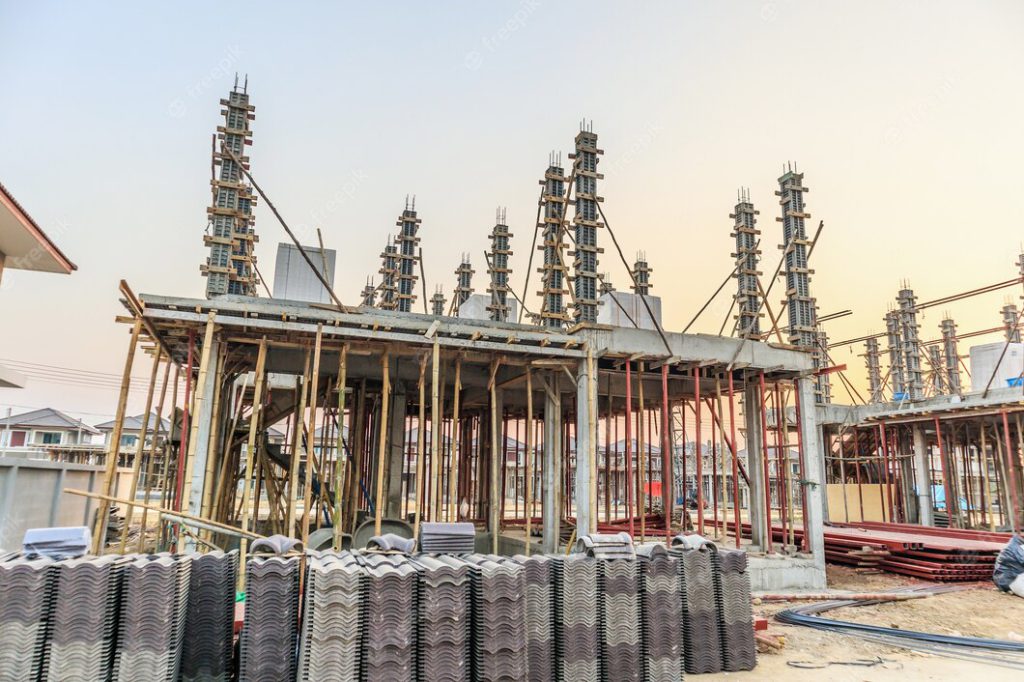India is witnessing a rapid rise in the popularity of prefabricated buildings as a modern construction trend. These innovative structures are revolutionizing the way buildings are designed, constructed, and delivered in the country. Prefabricated buildings, also known as prefab or modular buildings, are constructed off-site in a factory-controlled environment and then transported to the desired location for final assembly. This shift in construction practices is driven by several factors, including speed, cost-efficiency, sustainability, and design flexibility.

One of the key reasons for the rise of prefabricated buildings in India is their ability to significantly reduce construction time. Traditional construction methods often face delays due to unpredictable factors like weather conditions, labor shortages, and logistical challenges. In contrast, prefab buildings are manufactured in controlled factory environments, allowing for simultaneous construction processes. As a result, the overall construction time is greatly reduced, enabling faster project completion. This time efficiency is particularly crucial in addressing India’s growing demand for housing and infrastructure development.
Another driving factor is the cost-effectiveness of prefabricated buildings. Since these structures are manufactured in a controlled environment, wastage of materials is minimized, and economies of scale can be achieved. Additionally, the streamlined production process and reduced construction time result in lower labor costs. This affordability factor makes prefabricated buildings an attractive option for various stakeholders, including real estate developers, government agencies, and individuals seeking affordable housing solutions.
Sustainability is also a key consideration that has contributed to the rise of prefabricated buildings in India. With a growing emphasis on environmentally-friendly construction practices, prefab buildings offer numerous advantages. Firstly, the controlled factory environment allows for efficient management of resources, reducing material waste. Secondly, the use of standardized components and integration of energy-efficient features help optimize energy consumption. Finally, the ability to disassemble and relocate prefab buildings makes them a sustainable choice, as they can be repurposed and reused in different locations.
Design flexibility is another appealing aspect of prefabricated buildings. Contrary to the notion that prefab structures lack uniqueness, modern techniques allow for customization and aesthetic enhancements. Modular components can be easily combined to create buildings of varying sizes, shapes, and architectural styles. This flexibility enables architects and designers to unleash their creativity while adhering to the practical requirements of the project. From residential complexes to office spaces and educational institutions, prefabricated buildings are proving their versatility across various sectors.
The government’s support and initiatives have played a significant role in promoting the growth of prefabricated buildings in India. Recognizing the potential of prefab construction in addressing the country’s housing and infrastructure needs, the government has introduced policies and incentives to encourage its adoption. Additionally, collaborations between the government, private sector, and international partners have facilitated knowledge sharing, technological advancements, and the establishment of manufacturing facilities, further boosting the prefab industry.
Despite its many advantages, the adoption of prefabricated buildings in India still faces some challenges. Limited awareness and misconceptions about prefab construction among stakeholders, including developers, contractors, and consumers, can hinder its widespread acceptance. Additionally, the need for skilled labor and specialized training for prefab construction techniques is another aspect that needs attention. Addressing these challenges through awareness campaigns, training programs, and regulatory support will be crucial for the continued growth of prefab buildings in India.
In conclusion, the rise of prefabricated buildings in India signifies a modern construction trend that is transforming the industry. Ace Prefab ability to reduce construction time, cost-effectiveness, sustainability features, and design flexibility, prefab construction offers a viable solution to meet the country’s growing demands for housing and infrastructure. As the government continues to promote and support this innovative construction method.
